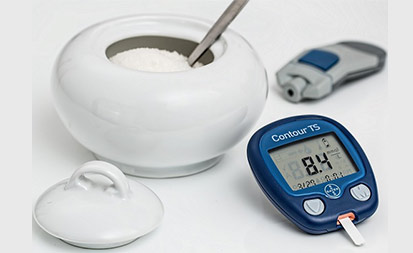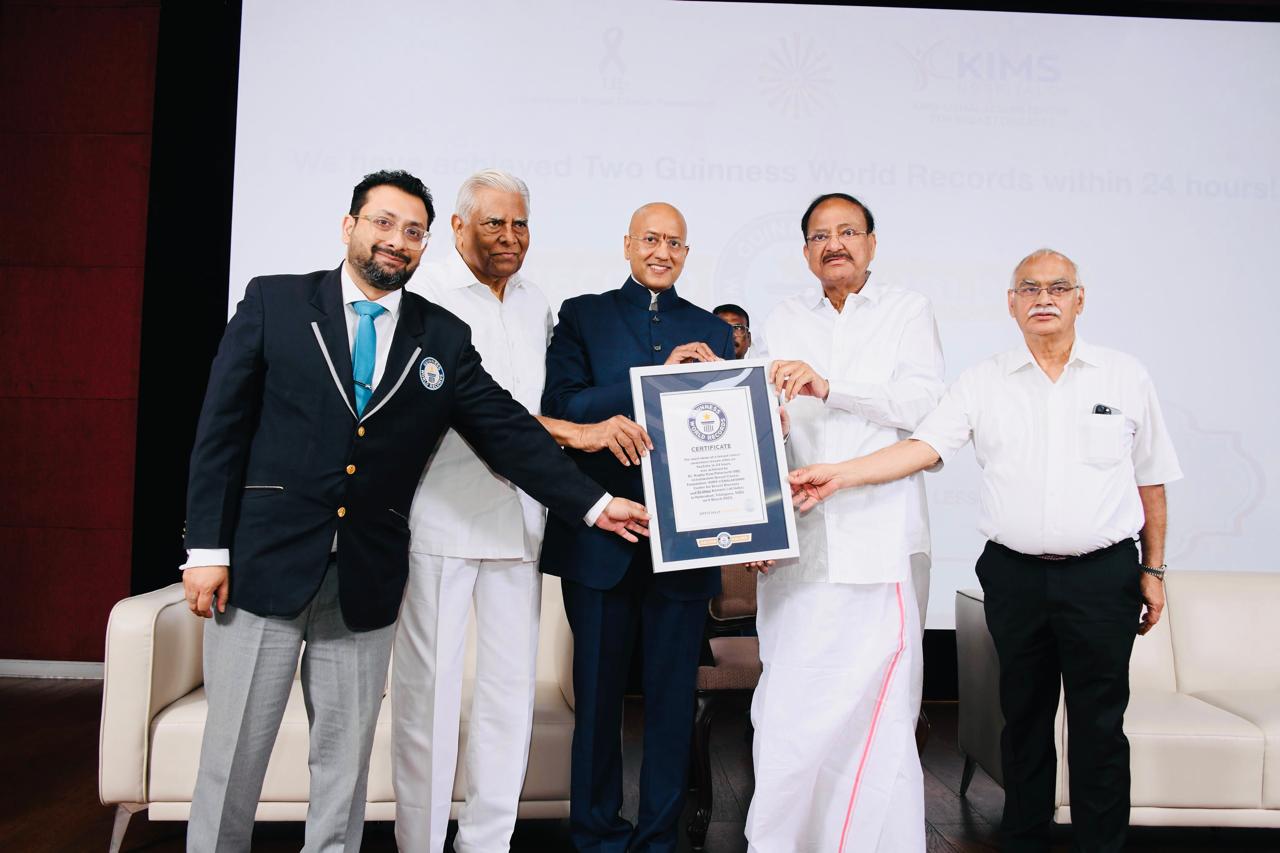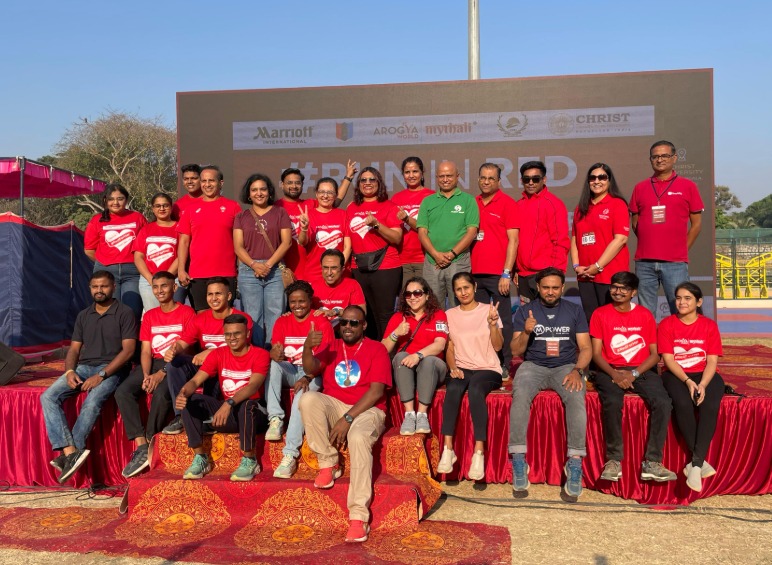Working Class in Bengaluru Deeply Affected by Diabetes: Metropolis Healthcare Study
Data analysis of over 2,36,381 samples tested from Jan 2019 to Aug 2020 Almost 21% of the total diabetic samples were found to have unsatisfactory control Diabetes prevalence has increased by 64 percent across India over the

Data analysis of over 2,36,381 samples tested from Jan 2019 to Aug 2020
Almost 21% of the total diabetic samples were found to have unsatisfactory control
Diabetes prevalence has increased by 64 percent across India over the quarter-century, according to a November 2017 report by the Indian Council for Medical Research, Institute for Health Metrics and Evaluation, both research institutes, and the Public Health Foundation of India, an advocacy.A data analysis by diagnostic chain Metropolis Healthcare, one of the largest chains of pathology labs in India proves that Bengaluru is fast becoming the diabetes capital of the country.
Out of the total of 2,36,381samples tested for Diabetesfrom Jan 2019 to Aug 2020in our Bengalurulab, as many as 18 percent were found to be suffering from poorly controlled diabetes.
The incidence of poorly controlled diabetes was found to be the highest (17 per cent of the sample) in the age group of 30-40 years, followed by 40-50 years (about 16 per cent) and 20-30 years (16 per cent).
Currently, one in every four people under 25 has adult-onset diabetes, a condition more usually seen in the age group 40-50-year, according to the Indian Council of Medical Research.
Inactivity and the excessive consumption of high-calorie foods, increase diabetes’ risk factors. For this reason, diabetes is often classed as a ‘lifestyle disease’ and is found in higher numbers among the young age group of 20-30. As per reports, 72 million cases of Diabetes were recorded in the year 2017.
The growth of availability of fast food which is relatively cheaper than healthy food is most preferred among the office-goers. With more and more options opening up every day, the figure is expected to double by the year 2025.
The incidence was the lowest in the age group 80 years and above (8 per cent), but increased steadily to peak in the age group of 30-40 years.
Men are more prone to diabetes, as the survey showed that 25per cent of all males tested were found to suffer from unsatisfactorily controlled diabetescompared to 23 per cent for females.
Out of the samples tested at the company’s Bengaluru laboratory, almost 25 per cent were found to have unsatisfactory control be in the diabetic stage in the age group of 40-80, while almost 80,000 samples tested showed as non-diabetic.
Commenting on the study, Dr Ravi Kumar, Chief of Laboratory, Metropolis Healthcare Ltd said“Diabetes strikes Indians a decade earlier than the world. It is a growing challenge in India with an estimated 8.7 per cent diabetic population in the age group of 20 and 70 years. The rising prevalence of diabetes and other non-communicable diseases is driven by a combination of factors – rapid urbanisation, sedentary lifestyles, unhealthy diets, uncontrolled use of alcohol and tobacco. Lifestyle interventions (sleep, exercise and diet modifications) along with regular monitoring is a must for Diabetes Management,”.
About Diabetes and its parameters: HbA1c refers to glycated haemoglobin, which develops when haemoglobin, a protein within red blood cells that carries oxygen throughout the body, combines with glucose in the blood. Diabetes patients have increased blood glucose, leading to the increase in HbA1c level. If unchecked, diabetes patients can cause serious health issues like heart diseases, kidney & nerve damage.
HbA1c test helps to detect diabetes or pre-diabetes in early stage of diabetes. Pre-diabetes is the early stage where your blood sugar levels portray the risk of you getting diabetes.
Your doctor would recommend this test for you if you have symptoms of diabetes like:
- Increased thirst
- Frequent Urination
- Blurred Vision
- Tiredness
Annexure 1: (HbA1c values %)
Excellent Control: 6% to 7%
Fair to Good Control: 7% to 8%
Unsatisfactory Control: 8% to 10%
Poor Control: >10%
Annexure 2: Age Wise Analysis of Diabetes and Parameters
| Age Group | Excellent Control | Fair to Good control | Unsatisfactory Control | Poor Control | Grand Total | Excellent Control in % | Fair to Good control in % | Unsatisfactory Control in % | Poor Control in % |
| 20 to 30 | 7766 | 4591 | 4812 | 3373 | 20542 | 38% | 22% | 23% | 16% |
| 30 to 40 | 8905 | 5251 | 5481 | 4005 | 23642 | 38% | 22% | 23% | 17% |
| 40 to 50 | 8856 | 5776 | 5928 | 4258 | 24818 | 36% | 23% | 24% | 17% |
| 50 to 60 | 10223 | 7122 | 7064 | 4572 | 28981 | 35% | 25% | 24% | 16% |
| 60 to 70 | 9655 | 7243 | 6473 | 3341 | 26712 | 36% | 27% | 24% | 13% |
| 70 to 80 | 4657 | 3527 | 2939 | 1215 | 12338 | 38% | 29% | 24% | 10% |
| Above 80 | 1466 | 989 | 778 | 293 | 3526 | 42% | 28% | 22% | 8% |
Annexure 3: Gender Wise Analysis of Diabetes and Parameters
| Gender | Excellent Control | Fair to Good control | Poor Control | Unsatisfactory Control | Grand Total | Excellent Control | Fair to Good control | Poor Control | Unsatisfactory Control |
| Female | 32106 | 20396 | 12660 | 19520 | 84682 | 38% | 24% | 15% | 23% |
| Male | 22125 | 15885 | 9656 | 15863 | 63529 | 35% | 25% | 15% | 25% |






